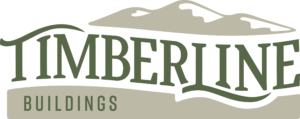Winter Pole-Barn Construction: Building Strong When It’s Cold
Winter Pole Barn Construction doesn’t stop when temperatures drop. Timberline Buildings keeps building strong all winter long.
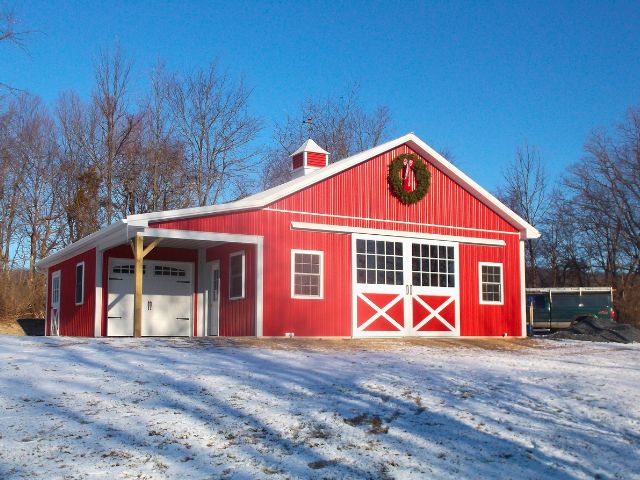
Built to stand strong through Pennsylvania winters, a Timberline pole barn completed in cold weather.
Can You Build a Pole Barn in Winter?
When the temperatures drop and the ground freezes, many homeowners and farmers wonder if winter pole barn construction is possible or if building plans must wait until spring. At Timberline Buildings, we know that post-frame construction continues successfully throughout the entire year. Whether it is January or July, our crews construct durable and high-quality pole barns across Pennsylvania.
Winter presents unique challenges, but with the right planning, tools, and experience, it can also provide advantages. In this article, we explain how winter construction works, what you can expect, and why it might be a great time to start your project.
Why Winter Pole Barn Construction Works
Cold weather does not automatically create poor building conditions. In fact, frozen ground often provides a more stable work surface than the muddy terrain that spring rain brings. Heavy delivery trucks and skid loaders can move across the site without damaging grass, soil, or driveways.
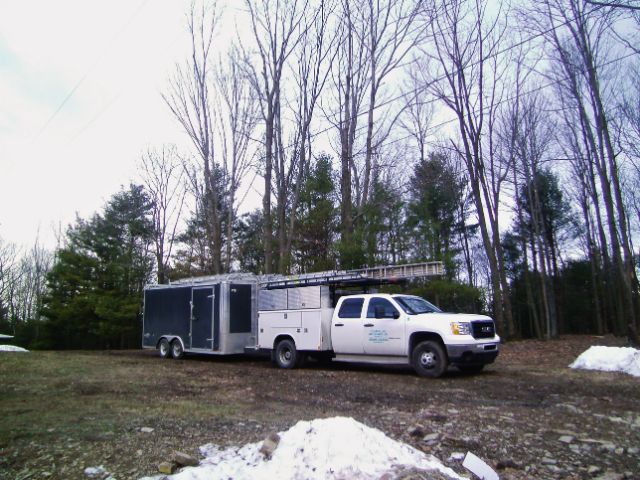
Our crews prepare each site for success, even when snow and ice cover the ground.
Winter also tends to be less busy for construction schedules. Many customers begin planning their buildings in spring, which means that starting a project in the winter can shorten waiting times and make it easier to get your project started when you want. By scheduling a winter build, your project can often move forward faster once the warmer months arrive.
Tools and Techniques for the Cold Season
Our years of experience have helped us develop reliable methods for winter projects. Timberline crews use frost-ready auger bits to penetrate frozen ground during the post-hole phase. High-torque drivers and cold-weather sealants maintain flexibility and performance even when the temperature falls below freezing.
Every material we use is designed for all-season performance. Treated posts, metal panels, and fasteners are built to resist temperature changes and moisture. This ensures that your building remains strong and looks great through Pennsylvania’s winter conditions.
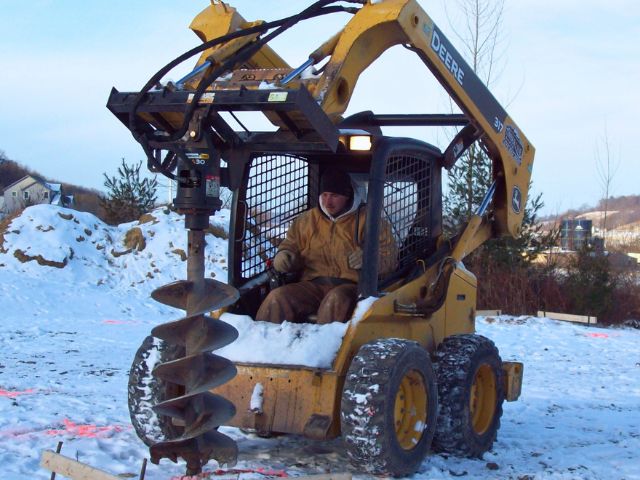
Using frost-ready auger bits, Timberline crews easily drill post holes through frozen ground during winter builds.
Preparing Your Site for Winter Building
A successful winter project begins with preparation. Our team starts by evaluating your site to understand soil conditions, drainage, and access points. If the area is covered with snow or ice, we clear and level it to ensure safety for crews and equipment.
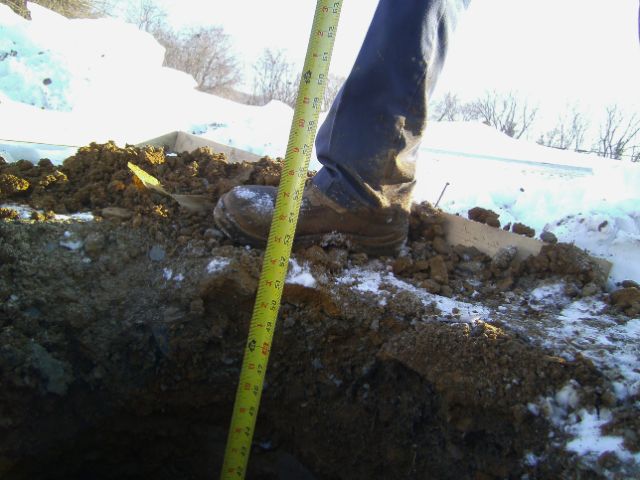
Frozen ground can actually work in your favor, allowing accurate post placement and reduced site impact.
Because the ground is frozen, there is often less damage to turf and landscaping. This makes winter a surprisingly clean season for construction. We also monitor the weather closely to plan around large storms and to keep progress safe and consistent.
Cold-Weather Concrete Techniques for Winter Pole Barn Construction
Concrete work requires extra care in cold months, but it is entirely manageable. One major benefit of post-frame construction is that the concrete floor can be poured after the main shell of the building is complete. The shell acts as a barrier against the wind and cold, creating a controlled space for concrete work.
When we pour interior floors, we often use heated water in the concrete mix and cover it with insulated curing blankets to maintain the proper temperature. These methods make winter pole-barn construction safe and effective, even during freezing temperatures.
For exterior slabs, aprons, or sidewalks, we use accelerating admixtures that help concrete cure faster and resist freezing. The natural heat produced during the curing process, combined with insulation, protects the concrete from frost and ensures long-term durability.
Quality and Craftsmanship Stay Consistent
A common misconception is that crews cannot produce high-quality work during cold weather. In reality, our builders often prefer working in winter conditions. After long, hot summer days on rooftops, the cool air feels refreshing and energizing.
Regardless of the season, Timberline’s standards for craftsmanship remain the same. Each fastener, truss, and panel is installed with precision. The materials we use, including moisture-resistant lumber and corrosion-protected hardware, maintain their strength and performance through freezing and thawing cycles.
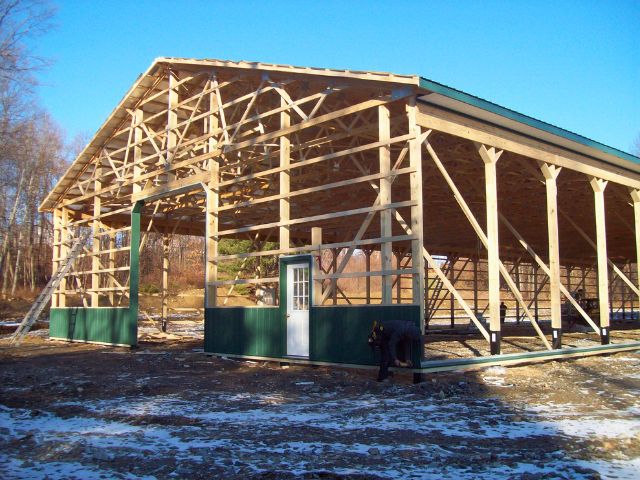
Our crews assemble pole-barn frames efficiently, using frost-ready tools to handle even the coldest job sites.
What Can Slow Construction Down
Although winter construction is entirely feasible, some weather conditions can cause temporary delays. Heavy snow, high winds, or ice storms can make it unsafe to continue work. Ice on roofs or ladders will pause exterior tasks until conditions improve.
Safety is always our top priority. We monitor forecasts daily and communicate quickly with our clients if weather requires us to adjust the schedule. Once the site is safe again, work resumes immediately so that progress stays on track.
Advantages Beyond the Season
There are several benefits to winter construction beyond keeping your schedule on track.
- Winter is often a slower season for suppliers, which can make materials easier to obtain.
- Completing your project in winter means you can start using your building by spring.
- Material pricing can sometimes be more stable before the spring rush begins.
Starting construction during the winter helps you stay ahead. When others are just beginning their planning in spring, your building can already be complete and ready to use.
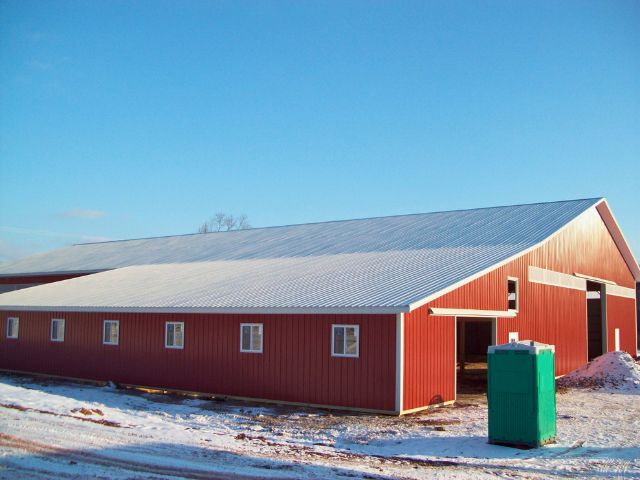
Winter completion, lasting performance, Timberline quality stands out in every season.
Is Winter Right for Your Project?
The best time to begin a project depends on when you are ready, not on the season. Every project is different, with its own goals and site conditions. What matters most is choosing an experienced builder who understands how to manage the details of a winter build.
Timberline Buildings has years of experience working through Pennsylvania winters. We have completed successful projects in all types of weather and understand how to adapt our process for reliable, high-quality results every time.
The Takeaway
Winter pole-barn construction is not a compromise. With the right tools and team, winter pole-barn construction delivers the same quality and strength as any summer project. Whether you are planning a new garage, hobby barn, or farm storage building, you do not need to wait for spring.
The right time to begin is the moment you are ready. Timberline Buildings will be ready too, no matter the season.
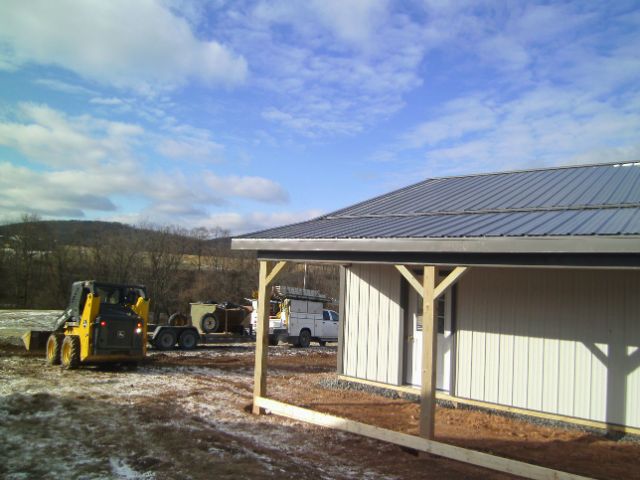
There’s no need to wait for spring, your Timberline pole barn can take shape all winter long.
Start Planning for a Long-Lasting Building
Preparing for your new building doesn’t have to be complicated. These resources can help you design confidently and make the most of your investment:
✅ Explore the Design Tool
Learn what to expect and how to prepare before construction begins.
📋 Optional Features Guide
Learn about rain gutters and other add-ons that enhance your pole barn’s performance.
📞 Contact Our Team
Not sure which gutter system fits your building? We’re here to help — no pressure, just honest guidance.
